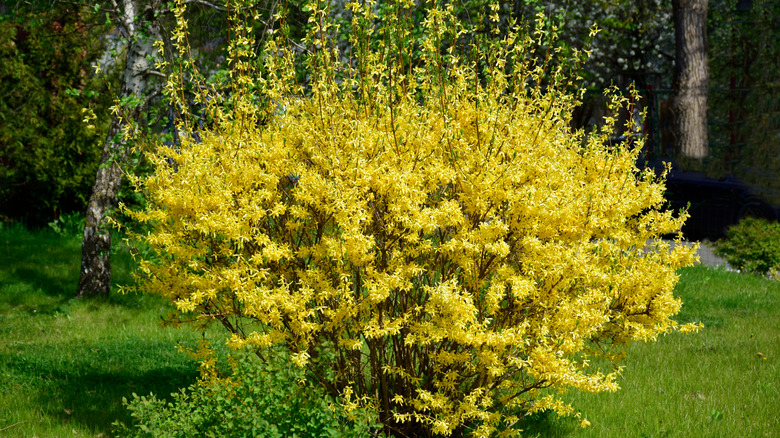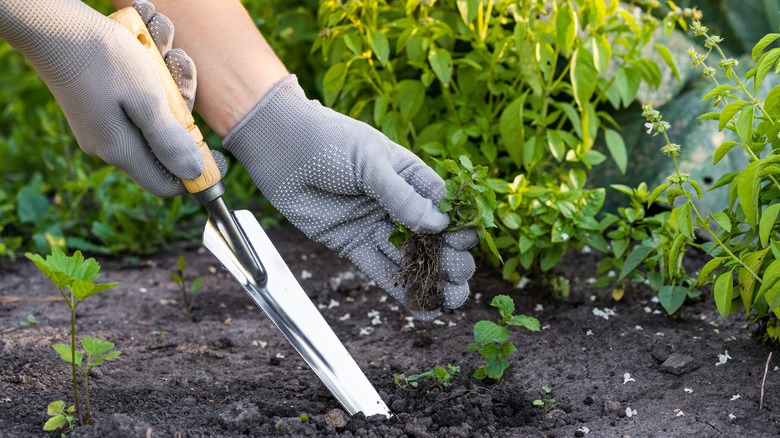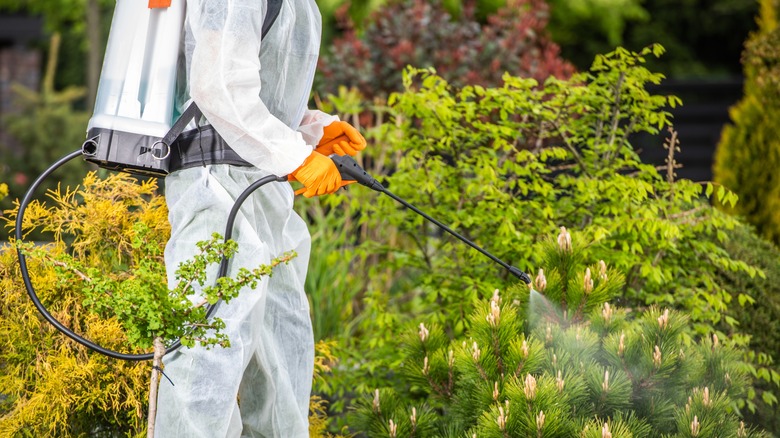What Your Yellow Forsythia Is Trying To Tell You About Your Lawn
When the vibrant yellow blossoms of your forsythia bush begin to make their annual debut, it's not just a signal that spring has arrived; it's also a reminder to start paying closer attention to your lawn. Forsythia's blooming period is widely recognized among gardeners and lawn care enthusiasts as the perfect time to apply crabgrass control measures. But why is this timing so critical? The emergence of crabgrass, a pervasive and stubborn weed, can quickly overshadow the growth of desirable grasses, robbing them of nutrients, sunlight, and space. Left unchecked, crabgrass can transform a verdant lawn into a patchy, uneven battleground, diminishing both the health and aesthetic appeal of your outdoor space.
The timing is not arbitrary but is deeply rooted in the science of plant phenology, which observes the natural stages of a plant. These stages may include blooming, leafing, and fruiting times, using these events as biological indicators to guide gardening and farming practices. By observing the lifecycle events of plants like forsythia, you can synchronize your lawn care activities with the rhythms of nature. This method is not only intuitive but effective, leveraging the accumulated warmth, or Growing Degree Days (GDD), as a guide to predict the germination of weed seeds.
Growing degree days (GDD) and the forsythia-crabgrass connection
The correlation between forsythia blooming and crabgrass germination is tied to soil temperatures. Forsythia typically blooms when the accumulated GDD reaches a certain threshold. As forsythia flowers start to show, it indicates that soil temperatures are warming up. This accumulation of warmth is crucial for understanding when specific weeds, like crabgrass, are likely to emerge. In other words, it signals the onset of conditions favorable for crabgrass seeds to germinate. This is because crabgrass, like many other summer annual grasses, requires a specific range of soil temperatures — typically between 60 and 70 degrees Fahrenheit at a depth of 0 to 2 inches — to germinate.
To calculate the GDD, botanists normally compare the base temperature (which is typically 50 degrees Fahrenheit for cool-season grasses) to the average of the daily highest and lowest temperatures. It also provides a natural cue for the application of pre-emergence herbicides. To effectively prevent crabgrass from taking over your lawn, these herbicides need to be applied before crabgrass seeds begin to germinate.
While the blooming of forsythia is a helpful indicator, it's important to remember that crabgrass seeds don't germinate with the appearance of the first yellow flower. In fact, some experts believe that crabgrass seeds are more likely to start germinating about two to three weeks after the forsythia blooms have dropped. This window allows for the application of weed killers like pre-emergent herbicides to be effective, but timing isn't the only factor that determines success.
Application and factors affecting pre-emergence herbicide efficacy
After your forsythia blooms, throughout the growing season, a variety of weeds, besides crabgrass, make their appearance, each taking its turn to sprout as the months roll from spring into summer and then into fall. It's a continuous cycle, with different types of weeds popping up at various times throughout the year. When following the GDD strategy, you'll know exactly when to apply the herbicide. You can start by laying down a layer of mulch in your garden beds. Following up with a light application of pre-emergent herbicide over the mulch can further enhance your defense, preventing weed seeds from germinating and taking hold in the first place.
Keep in mind that how well pre-emergent herbicides work depends on a few key elements. These include what the product is made of and its quality, how much rain falls once you've applied it, and soil temperature. It's essential to get pre-emergent treatments down before the soil consistently hits 60 to 70 degrees Fahrenheit, which is the sweet spot for crabgrass to start sprouting. Furthermore, adequate moisture is necessary for the herbicide to activate and create a barrier at the soil surface that prevents crabgrass seeds from sprouting. However, too much rain can dilute the herbicide or wash it away, reducing its effectiveness. Similarly, how you apply the herbicide and the general thickness of your turf can impact how well the treatment works. It's easier to get rid of weeds on healthier lawns.


